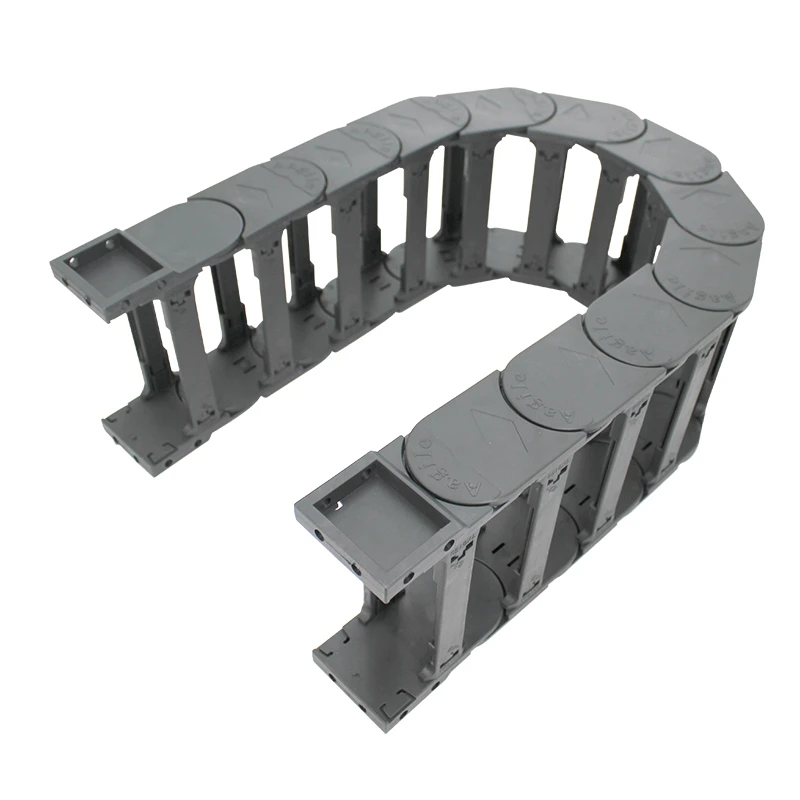helical offset tooth belt
Understanding Helical Offset Tooth Belts A Comprehensive Overview
In the world of mechanical engineering and machinery design, the choice of components plays a critical role in the overall efficiency and functionality of a system. Among the various mechanical power transmission systems, toothed belts have seen significant advancements, particularly with the introduction of helical offset tooth belts. These belts represent a significant evolution in traditional belt designs and offer numerous advantages in a variety of applications.
What is a Helical Offset Tooth Belt?
A helical offset tooth belt is a type of synchronous belt that features teeth arranged in a helical pattern along its length. This design contrasts with standard toothed belts, where the teeth are arranged in a straight line. The helix angle—an integral aspect of the belt’s design—allows the belt to perform more efficiently under certain conditions by distributing loads evenly and reducing vibration. The primary components of a helical offset tooth belt include the core material, the tooth profile, and the helical pitch.
Advantages of Helical Offset Tooth Belts
1. Improved Load Distribution One of the primary benefits of helical offset tooth belts is their ability to distribute load more evenly across the belt’s surface. This characteristic not only enhances the durability of the belt but also minimizes wear and tear, leading to a longer lifespan.
2. Reduced Vibration and Noise The helical arrangement of the teeth allows for smoother engagement with the pulleys, significantly lowering vibration levels and noise during operation. This feature is particularly valuable in applications where quiet operation is essential, such as in automotive engines or precision equipment.
3. Higher Torque Transmission The design of helical offset tooth belts enables them to handle higher torque loads compared to conventional belts. This makes them suitable for demanding applications that require reliable power transmission without slippage.
helical offset tooth belt

4. Greater Flexibility Helical belts can bend more easily compared to straight-tooth belts, providing greater flexibility in their installation. This flexibility allows for more compact designs and can be particularly useful in spaces constrained by size.
5. Versatility With a range of materials available, from polyurethane to rubber composites, helical offset tooth belts can be tailored to meet specific operational demands, including resistance to temperature fluctuations, chemicals, and abrasive conditions.
Applications of Helical Offset Tooth Belts
Helical offset tooth belts find applications across diverse industries due to their unique advantages. In the automotive sector, they are used in timing systems to ensure that the engine’s camshaft and crankshaft work in synchrony. Similarly, in robotics and automation, these belts are employed in conveyor systems and machining processes that require precise and reliable motion control.
In the field of manufacturing, the high load-carrying capacity of helical offset tooth belts is utilized in industrial machinery, facilitating complex processes that necessitate accurate and stable power transmission. They also find their way into home appliances where silent operation and energy efficiency are priorities, such as in washing machines and food processors.
Conclusion
Helical offset tooth belts represent a significant advancement in the realm of power transmission solutions. Their unique design offers multiple benefits, including enhanced load distribution, reduced vibration and noise, and increased torque handling capabilities. As industries continue to pursue greater efficiency and reliability in their operations, the implementation of helical offset tooth belts is likely to become more widespread. Selecting the right belt for an application requires understanding not only the mechanical properties of the belt but also the specific requirements of the system it will be used in. As engineering continues to evolve, innovations like the helical offset tooth belt are paving the way for more efficient system designs, promising exciting possibilities for the future of mechanical engineering.








